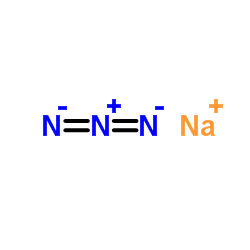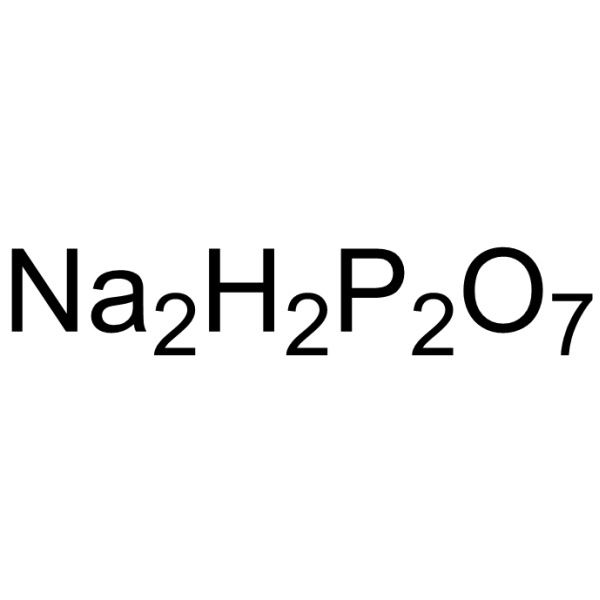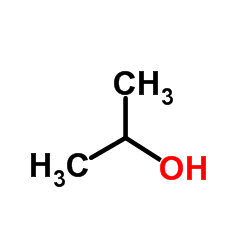| Structure | Name/CAS No. | Articles |
|---|---|---|
 |
Sodium azide
CAS:26628-22-8 |
|
 |
Disodium dihydrogen diphosphate
CAS:7758-16-9 |
|
 |
sodium chloride
CAS:7647-14-5 |
|
 |
Isopropanol
CAS:67-63-0 |
|
 |
potassium chloride
CAS:7447-40-7 |
|
 |
SODIUM CHLORIDE-35 CL
CAS:20510-55-8 |